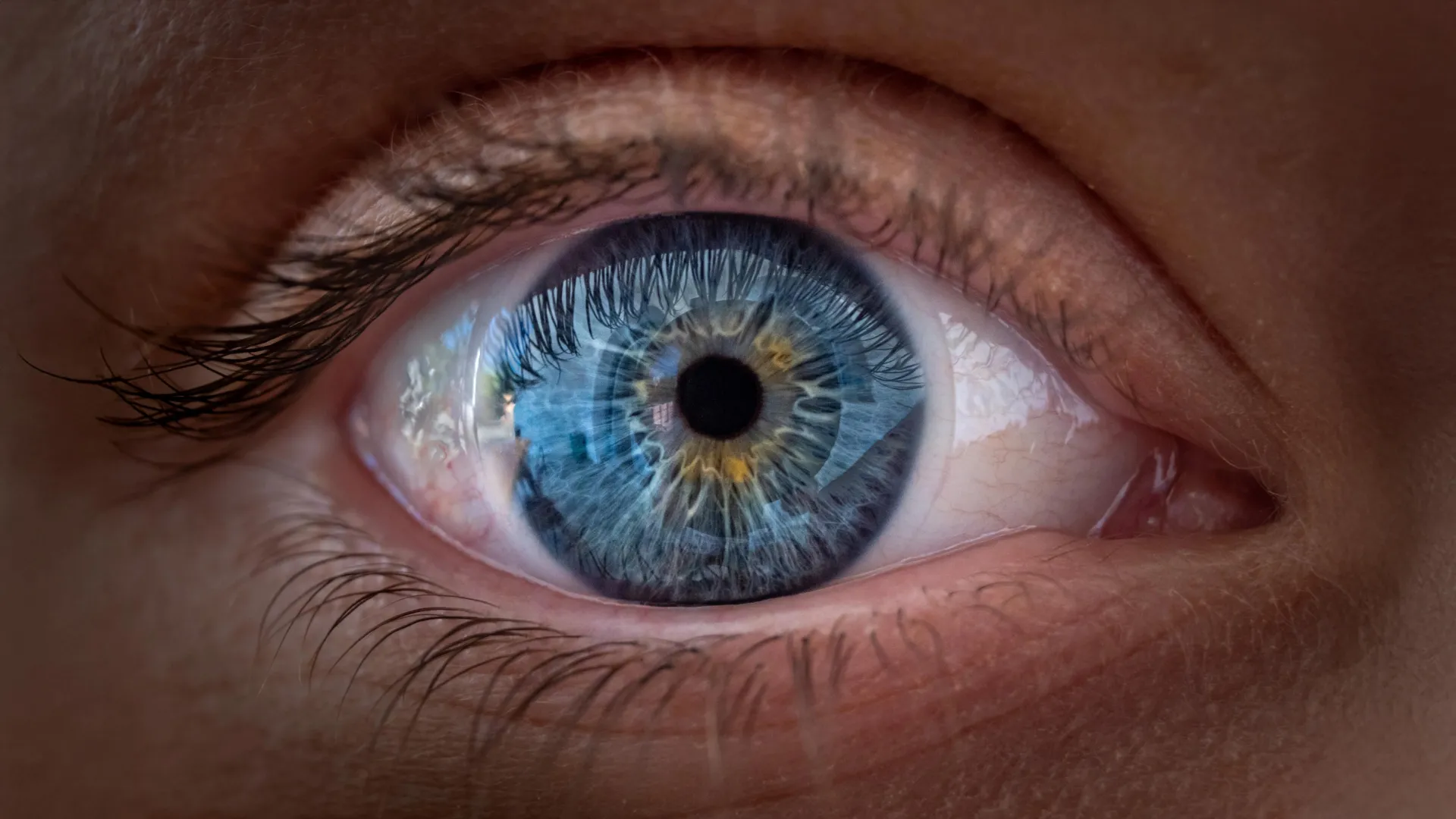Stem cell therapy helps AMD patients see again
Stem cell transplants are showing early promise in restoring sight once thought permanently lost.
- Date:
- November 22, 2025
- Source:
- Michigan Medicine - University of Michigan
- Summary:
- A first-of-its-kind trial is testing adult stem cell transplants for advanced dry macular degeneration. Early results show the treatment is safe and can significantly improve vision, even in severely affected patients. Participants gained measurable sight improvements in the treated eye. Researchers are now monitoring higher-dose groups as the therapy advances toward later trial phases.
- Share:

In the United States, age-related macular degeneration is one of the most common causes of permanent vision loss in adults who are 60 and older. It affects the macula, the central region of the retina that contains tightly packed cells used for sharp, detailed color vision.
Roughly 20 million adults in the country are living with some form of AMD. People with this condition typically lose the ability to see objects directly in front of them, although their peripheral vision remains intact. Available therapies can slow how the disease progresses, but none of them can restore lost vision.
Exploring a New Cell-Based Approach
In a study published in Cell Stem Cell, scientists tested retinal pigment epithelial stem cells in a phase 1/2a clinical trial. The cells were obtained from adult postmortem eye tissue. These early-stage trials are designed to determine whether a treatment can be safely administered.
AMD occurs in two forms: dry and wet. More than 90% of patients have the dry type, which develops when retinal pigment epithelial cells begin to malfunction and eventually die.
In the early stages of AMD, these cells no longer work correctly. At more advanced stages, they die and cannot regenerate. As the condition worsens, multiple regions in the central retina lose these essential cells.
Transplanting Specialized Stem Cells
In the current study, individuals with advanced dry AMD received transplants of specialized stem cells originally sourced from eye-bank tissue. These adult stem cells were limited in function and could only mature into retinal pigment epithelial cells.
Six participants were given the lowest dose of the treatment (50,000 cells) during an eye surgery. The procedure proved safe, with no serious inflammation or tumor growth reported in any of the patients.
Early Signs of Vision Improvement
Participants also showed vision improvements in the treated eye, while their untreated eye did not show the same changes. This difference suggests that the technique itself may hold therapeutic potential. "Although we were pleased with the safety data, the exciting part was that their vision was also improving," said Rajesh C. Rao, M.D., Leonard G. Miller Professor of Ophthalmology & Visual Sciences, and an associate professor of pathology and human genetics. "We were surprised by the magnitude of vision gain in the most severely affected patients who received the adult stem cell-derived RPE transplants. This level of vision gain has not been seen in this group of patients with advanced dry AMD."
When tested on a standard eye chart, the low-dose group was able to read 21 additional letters one year after treatment.
Next Steps in the Clinical Trial
The research team is now monitoring 12 more participants who received higher doses of 150,000 and 250,000 cells. If no safety issues are identified, the investigators plan to move on to later stages of the clinical trial.
"We are grateful to all our participants who are allowing to better understand whether this intervention is safe enough to be a future therapy," Rao said. "These kinds of NIH-funded studies can help us offer advanced treatments in the field of regenerative medicine, and we are happy we can offer this first-in-human, cutting-edge clinical trial at the University of Michigan."
About Age-Related Macular Degeneration
Age-related macular degeneration is a condition that gradually damages the macula, the small but vital area at the back of the eye that supports sharp central vision. The disease typically develops as people get older, and it is more common in individuals over 60.
There are two primary forms of AMD. The dry form appears most often and involves the slow breakdown of retinal cells that help the eye process detail and color. The wet form is less common but progresses more quickly and involves abnormal blood vessel growth under the retina.
Over time, both types can cause blind spots in central vision, making activities such as reading and identifying faces increasingly difficult. While current treatments can slow the disease, scientists have been searching for ways to restore the lost cells, which is why stem cell research has become a promising direction.
Story Source:
Materials provided by Michigan Medicine - University of Michigan. Note: Content may be edited for style and length.
Journal Reference:
- Rajesh C. Rao, Brigitte L. Arduini, Susan Borden, Dhruv Sareen, Clive Svendsen, Paul Lee, Charles Ryan, Shilpa Kodati, Caroline Nyaiburi, Keith Wolsieffer, Eric Oh, Shuna Park, Glenna Ford, Keith Dionne, Sally Temple, Jeffrey Stern. Safety and tolerability of RPESC-RPE transplantation in patients with dry age-related macular degeneration: Low-dose clinical outcomes. Cell Stem Cell, 2025; 32 (11): 1659 DOI: 10.1016/j.stem.2025.08.012
Cite This Page: